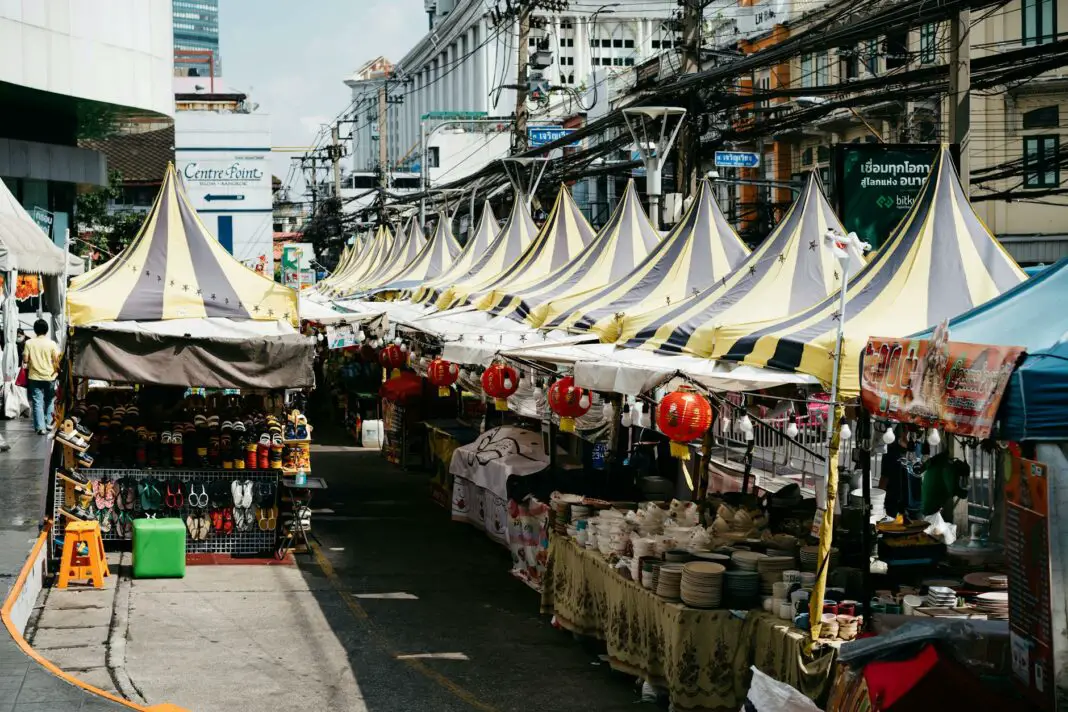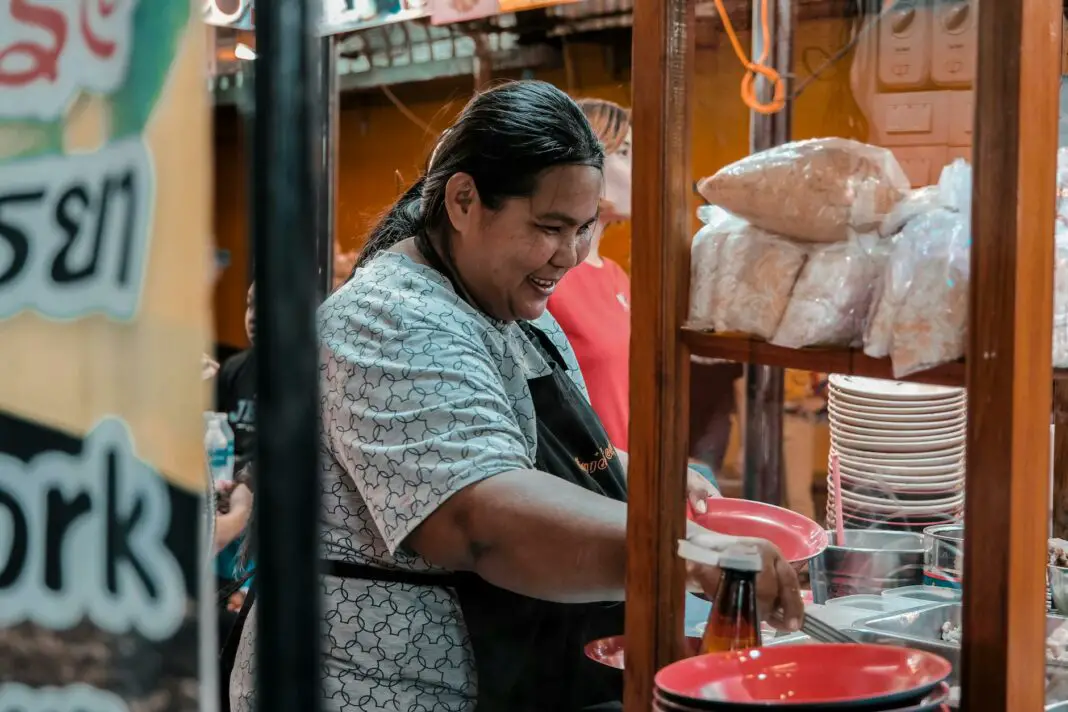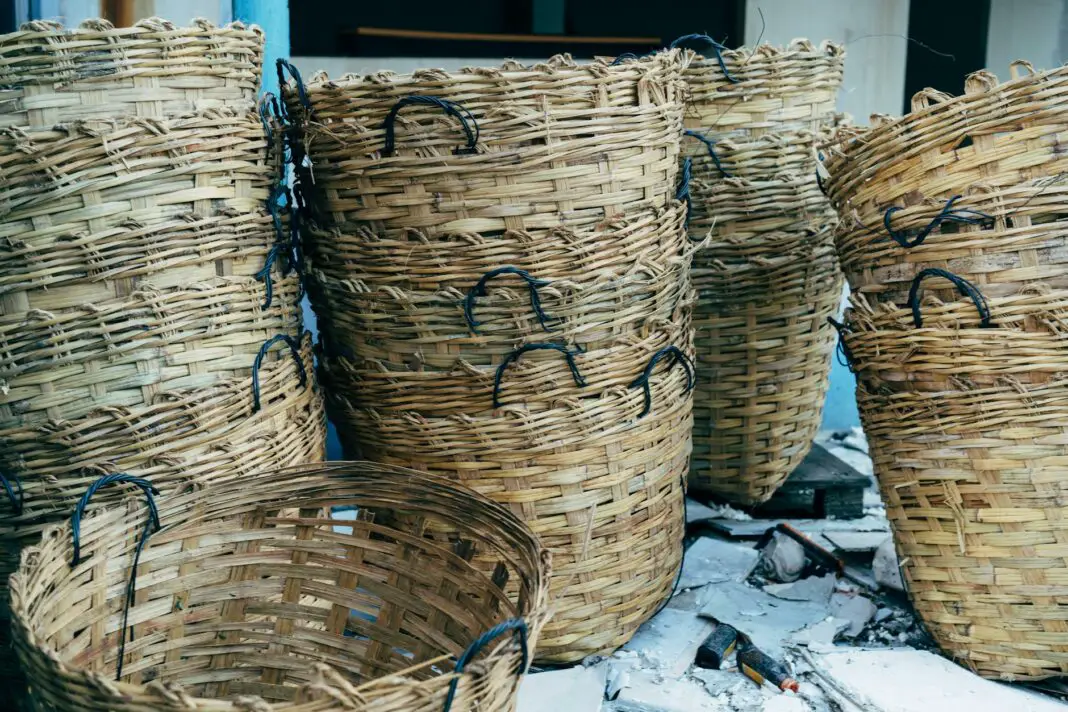When envisioning Thailand, vibrant temples, stunning beaches, and bustling cities like Bangkok immediately come to mind. However, hidden within this beautiful country lies a treasure trove that every traveler must experience: Thailand’s traditional markets. These markets are not just a place to shop; they are cultural hubs that provide a glimpse into the local way of life, tantalizing flavors, and an unforgettable atmosphere. In this post, we explore whether Thailand’s traditional markets are the ultimate travel treasure while taking you on a colorful journey filled with insights, tips, and captivating stories.
From the fragrant stalls of fresh produce to the mesmerizing displays of handcrafted goods, Thailand’s traditional markets offer a sensory overload that is hard to match. As you meander through the narrow lanes, you’ll discover the essence of Thai culture, engaging with friendly vendors and sharing in the joy of bargaining for unique items. Join us as we delve into the vibrant world of Thai markets and uncover why they are essential stops for any adventurous soul.
**Table of Contents**
– **Why Traditional Markets Are Unique**
– **Top Traditional Markets to Visit**
– **Exquisite Experiences to Have at These Markets**
– **How to Navigate and Bargain Smartly**
– **Culinary Wonders Awaiting You**
– **The Cultural Significance of Thai Markets**
– **Final Thoughts: Embrace the Market Magic**
– **FAQs about Thailand’s Traditional Markets**
**Why Traditional Markets Are Unique**
Thailand’s traditional markets represent a fusion of history, culture, and community spirit. Each market has its own character, reflecting the traditions and lifestyles of the local people. For example, the remarkable floating markets in Thailand, such as Damnoen Saduak, offer an extraordinary vista where vendors paddle their boats, laden with fresh fruits and vegetables, creating a picturesque scene. Unlike modern malls, these markets stand grounded in authenticity, prioritizing community over commerce. This is where cultural heritage blooms, showcasing local craftsmanship, traditional attire, and the rich tapestry of local life.
Moreover, these markets foster a sense of community that modern shopping complexes often fail to replicate. You can witness the undeniable camaraderie among vendors and frequent visitors. Interactions are warm, and often lead to delightful exchanges of stories and local insights, enhancing your travel experience. Thus, each visit becomes not merely a shopping trip but a heartfelt journey through the pulse of Thai life.
**Top Traditional Markets to Visit**
When planning your adventure, several markets in Thailand stand out for their cultural richness and distinctive offerings. Chatuchak Weekend Market in Bangkok is a must-see, sprawled across 35 acres and featuring over 15,000 stalls selling everything from vintage clothing to rare collectibles. Another gem is the Chiang Mai Night Bazaar, famous for electronics, artistic crafts, and local snacks that ignite your taste buds. If you’re up for a unique experience, the Maeklong Railway Market, where vendors pack up their goods as a train makes its way through, will certainly leave you in awe.
You shouldn’t overlook the Pak Khlong Talat flower market in Bangkok, a florid display that wakes up the senses with hues and fragrances that are simply mesmerizing. Each market provides a unique slice of what Thailand offers, creating unforgettable memories that are both visual and emotional. Venture beyond the ordinary to discover these enchanting spots where every corner is bursting with life and possibilities to explore.
**Exquisite Experiences to Have at These Markets**
The experiences one can have at Thailand’s traditional markets are as diverse as the items sold within them. Imagine wandering through the aisles, sampling fresh coconut ice cream from a street vendor as you engage in friendly banter while bargaining for handcrafted souvenirs. This interaction creates memories you will cherish, far from the sterile, transactional nature of modern shopping. Additionally, several markets host cultural performances where traditional Thai dancers showcase their skills, immersing you in a tapestry of art and heritage.
Exploring the markets also provides opportunities to meet artisans hard at work, allowing you to appreciate the craftsmanship that goes into every item. Shoppers often come across local delicacies that are a delight to taste, providing a sensory expedition that adds flavor to your travels. Partaking in this active exploration makes you not just a visitor, but a participant in the local culture, enriching your understanding of the vibrant life around you.
**How to Navigate and Bargain Smartly**
Entering a bustling traditional market can be overwhelming, but with a few tips, you can navigate these lively spaces with ease. Firstly, it’s essential to go in with an open mind and a plan. Allocate enough time to explore without feeling rushed, as a leisurely pace reveals hidden gems. In terms of bargaining, approach it as an art form rather than a confrontation; a smile and a friendly attitude often work wonders.
Start by asking the price and then offer a lower figure, creating room for negotiation; this interaction is part of the experience and is usually welcomed by vendors. Building rapport can sometimes earn you a better deal, and don’t shy away from walking away if the price isn’t right. Such tactics often encourage vendors to reconsider your offer and present you with a more favorable price. By applying these strategies, you ensure that your market excursions are both enjoyable and rewarding, making your time in Thailand all the more worthwhile.
**Culinary Wonders Awaiting You**
No visit to Thailand’s traditional markets is complete without diving into the culinary delights that await. From aromatic spices to exotic fruits, the food offerings are a tantalizing adventure for the palate. Street food stalls serve up iconic Thai dishes such as Pad Thai, green curry, and som tam (green papaya salad), each bursting with flavors that reflect the region’s diversity.
Moreover, tasting local specialties allows you to dive deeper into the culture associated with each dish. For instance, trying freshly caught seafood at a coastal market offers insight into the fishing traditions of the area. The joy of savoring food while engaging with locals enhances your culinary escapade, transforming an ordinary meal into an extraordinary experience. Don’t miss out on trying the street-side desserts, which often feature mango with sticky rice or coconut pancakes, satisfying any sweet tooth.
**The Cultural Significance of Thai Markets**
Traditional markets in Thailand are not merely shopping venues; they are profound cultural landmarks. They echo the age-old traditions and communal lifestyles that shape the identities of local neighborhoods. Each market encapsulates stories, folklore, and traditions that have been passed down through generations. The preservation of these markets allows visitors to grasp the essence of Thai culture in a way that modern establishments cannot replicate.
In addition, these markets often serve as gathering spaces for community celebrations, festivals, and cultural events. During specific times of the year, you might find colorful stalls showcasing local artisans, music filling the air, and families coming together to share in the festivities. By immersing yourself in this vibrancy, you become part of a lively narrative that highlights the richness of Thailand’s cultural heritage, prompting deeper appreciation and understanding of this beautiful country.
**Final Thoughts: Embrace the Market Magic**
Your journey through Thailand is incomplete without embracing the magic found within its traditional markets. These lively hubs of activity provide a sensory thrill, inviting you to explore, taste, and engage with local customs. From the vibrant colors of handcrafted goods to the intoxicating aromas wafting from food stalls, the sheer variety and authenticity make these markets an unparalleled experience.
So, while Thailand is renowned for its stunning landscapes and historical landmarks, the true heart of the land lies within its bustling markets. Engage with the locals, savor the amazing cuisine, and allow the vibrant atmosphere to envelop you. Each visit creates lasting memories and insights that transcend conventional travel experiences, solidifying your journey in a way that resonates long after you leave.
**FAQs about Thailand’s Traditional Markets**
**What should I wear when visiting Thai markets?**
Loose, breathable clothing is ideal due to Thailand’s warm climate. Comfortable shoes are also a must since you’ll likely be walking a lot. Remember to respect local customs and dress modestly.
**Are traditional markets open year-round?**
Many traditional markets operate year-round, but some may have specific days or times when they’re open, such as the famous Chatuchak Weekend Market, which only operates on weekends.
**Can I use credit cards in Thailand’s traditional markets?**
While some vendors accept credit cards, it’s wise to carry cash, as many small vendors prefer cash transactions. Thai Baht is commonly used in all markets.
**Is bargaining expected at these markets?**
Absolutely! Bargaining is not just common but expected in traditional markets. Approach it with a friendly attitude, and you’ll likely end up with a great deal.
**Are food options safe to eat at the markets?**
Generally, street food in Thailand is considered safe, especially when it’s freshly prepared. Always choose busy stalls where locals queue, indicating quality and popularity.
Image Credit: Pexels





